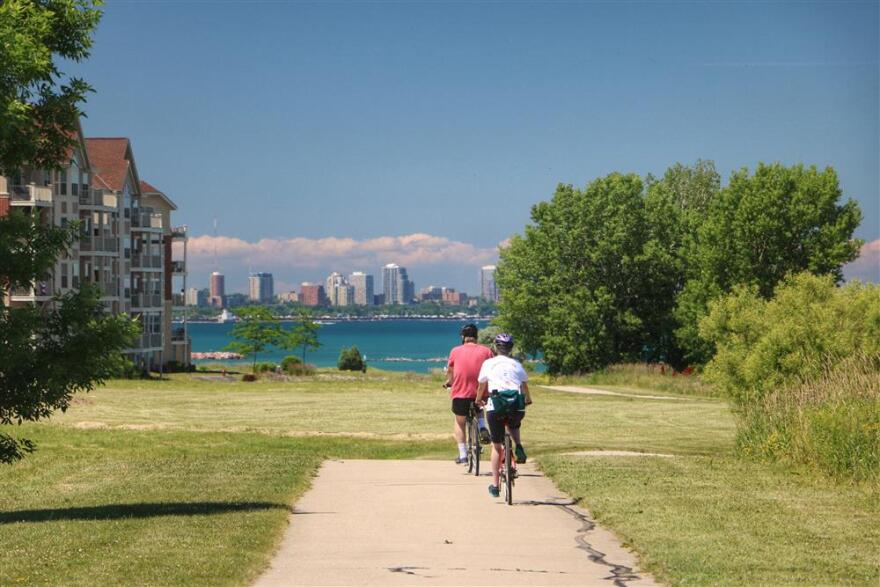Two Milwaukee neighborhoods may become more connected to the city in the coming months with the help of multi-use trails. The new trails were recommended by Rails-to-Trails Conservancy, a nonprofit organization that transforms unused rail corridors into walking and bike trails.
Rails-to-Trails Conservancy took interest in Milwaukee in September of 2016 and began to research bike accessibility, or BikeAbility, in the city and surrounding neighborhoods. The organization's vice president, Liz Thortensen, says the researchers considered many factors in order to develop a complete picture of Milwaukee's connectivity.

"So, we're looking at where are there high concentrations of populations living under the poverty line, where are there high concentrations of zero-car households, where are there low educational attainments, and where are there high concentrations of communities of color that have historically experienced segregation," she explains.
The study found that neighborhoods experiencing inequality also have little to no access to biking and walking trails. The suggested trails would connect individuals with downtown Milwaukee, museums, the Milwaukee County Zoo and popular shopping areas.
Thortensen says that these neighborhoods in particular need safe access to local landmarks and employment opportunities.
"I think that it's a really special way to kind of get outside and get physical activity. To commute to somewhere, to have a safe way to commute to school, or your job," she says. "This is something really serious to consider, that all people should have access to this kind of infrastructure if they want it."
According to the study, "only eight percent of Milwaukee residents live within a half-mile of a trail," with a half-mile being the maximum distance people are willing to walk to access a trail. In neighborhoods experiencing inequality that number drops to three percent.
After compiling data and discussing possible trail routes, Rails-to-Trails Conservancy released a study, titled Reconnecting Milwaukee: A BikeAble Study of Opportunity, Equity, and Connectivity. The plan outlines two potential trail developments - one along 30th Street and another that expands the existing Kinnickinnic River Trail.

Thortensen suggests that the development of these trails in would allow people to better utilize public spaces as well as take ownership of their communities. She says that public bike and walking trails are "that kind of recreation that really connects people and connects people to the larger fabric of the city."





